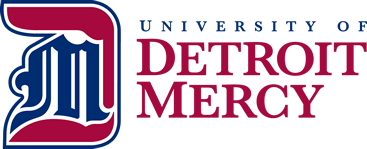
These steps are described more fully in each box
General Guidelines:
Header - the header contains the following elements
Main Body
Background / Introduction: Why was the project important? Provide just enough information for readers to be able to understand. 4 -8 sentences is ideal (approximately 25 - 50 words).
Purpose / Research Question ( PICO) / Hypothesis/ Aims (for QI projects): Highlight the purpose by giving it its own section. 1 or 2 sentences will do.
Methods (optional): Not necessary for a poster presentation unless the method was unique or the instrument, tools or equipment used were uncommon. (approximately 25-50 words)
Results: Include primary, statistically significant, interesting findings. If including multiple results, separate them and provide a descriptive title for each. Prefer figures and graphs over text when possible and include brief explanatory captions. (approximately 100-200 words)
Conclusions and Implications: Briefly summarize results again and indicate how the findings effect practice, policy, or further research. Consider including a statement about whether the project answered the research question or if it supported or disproved the hypothesis. (approximately 100-200 words)
References and Acknowledgments: Include references for 3-5 sources that were crucial to the project or that might be useful for readers wanting more information. Provide acknowledgements for specific contributions like funding. (approximately 25-50 words OR use a QR code to send readers to the reference list).
OR
Carter, M. (2012). Designing science presentations : A visual guide to figures, papers, slides, posters, and more: Academic Press. (p. 318)
Layout:
Font:
Color:
Photos and Graphics:
Tables and Graphs:


Use Power Point or Google Slides to create your poster. Save yourself some time - Download a template from online. You should be able to modify the size, colors, and fonts as desired. See some suggestions below.
FREE Downloadable Poster Templates

PowerPoint:
Google Slides:
Need to find an image for a presentation, poster, or other assignment? Select the link to the Guide below

Photo by V. Sapazhnikova, K. Sokolov, R. Richards-Kortum,
National Cancer Institute \ M. D. Anderson Cancer Center; Rice University

Tips:
Have a colleague or 2 review the poster - checking spelling and grammar and visual appeal
You will need to know what file format the printers will need, some will require pdf.
Choosing glossy paper over matte. It enhances the color contrast (Carter, 2012).
Printing Services:
Detroit Mercy: Collaborative Design Center (in the School of Architecture) or Student Life Office. There is a charge for this service.
Websites: Make Signs, PosterPresentations.com, and Genigraphics listed above under Free Downloadable templates print and ship same day
Retail: FedEx printing, Staples, Wallmart, UPS Stores, and Office Depot all offer poster printing services - sizes available and prices vary
e-Posters:
designing and creating an e-poster is the same as for a traditional poster